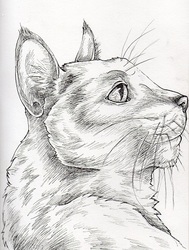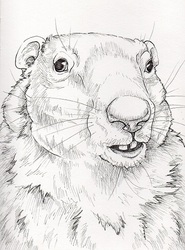Sign In
CloseTotem of the day is Walrus! Social interactions may be important for you right now so get involved with a group of like-minded individuals and close friends. Use touch and hugs more often right now with those you love. This important time can be used to heal relationships with money by understanding it is only a physical means of exchanging energy. Your struggles will be less if you go with the flow of the situation rather than using brute force or being too passive and letting things slide by. Make sure to watch the signs around you from nature that will guide you on this path. People who connect with Walrus have an ability for ingenuity and cleverness that helps them in many survival situations. These individuals might look like slow movers, but, in reality, are full of speed and agility when the need calls for it. Adept at shifting in and out of various states of consciousness, these souls have a knack for finding uses out of ordinary items around them and enjoy the challenges of running their own business well.
Walrus, Odobenus Rosmarus, are carnivorous mammals that can live up to 40 years in the wild. Their Latin name Odobenus Rosmarus literally translates to "tooth-walking seahorse". These massive creatures can weigh up to 1.5 tons and reach as long as 11.5 feet. The long of tusk and mustached Walrus is most often found near the Arctic Circle, being an aquatic mammal adapted to live in the cold weather and waters. They will spend two thirds of their lives in the water while feeding and resting on sea ice. Their blubbery bodes create a thick layer of insulation to keep the cold at bay and they also possess the ability to slow their heartbeats in order to withstand the polar temperatures of the waters they hunt and swim in. There are two subspecies of Walrus known by the other regions where they live. The Atlantic Walrus lives in coastal areas bordering northeastern Canada to Greenland. In contrast, the Pacific Walrus lives in the northern seas off of Russia and Alaska. These Pacific Walrus will migrate seasonally from a southern range of habitat in the Bering Sea to where they spend winter on expanses of large ice that group together called Pack Ice before heading to the Chukchi Sea. It is during the spring migration north that the female Pacific Walruses will give birth to calves. On rare occasions, there have been twins born to a Walrus female, however they generally only have one calf with a gestation period of between 15-16 months. These social creatures will gather in groups called Herds, spending much of their time snorting and bellowing at one another. They will group into separate herds of male and female while not during the mating season. While social with each other through most of the season, they are known to become aggressive during the mating season. It is during this time at the male Walruses, also known as Bulls, will use their iconic tusks during aggressive fights to protect or gain harems of females, also known as cows. Bulls will also use these tusks throughout the season to maintain territory. Both females and male Walruses bear tusks which are used for a variety of reasons. "Tooth-walking" came around as a term to describe the way a Walrus will use its tusks to help them haul their massive bodies out of the cold waters as well as to break the layers of ice from below in order to create breathing holes. These tusks are large canine teeth which grow throughout their lives and can reach up to 3 feet in length. Walrus diets consist of mussels, clams, and other bottom dwelling creatures that they find using the long whiskers on their face. During harsh times, they have been known to eat carcasses of young seals in order to survive.
Submission Information
- Views:
- 379
- Comments:
- 0
- Favorites:
- 1
- Rating:
- General
- Category:
- Visual / Traditional




